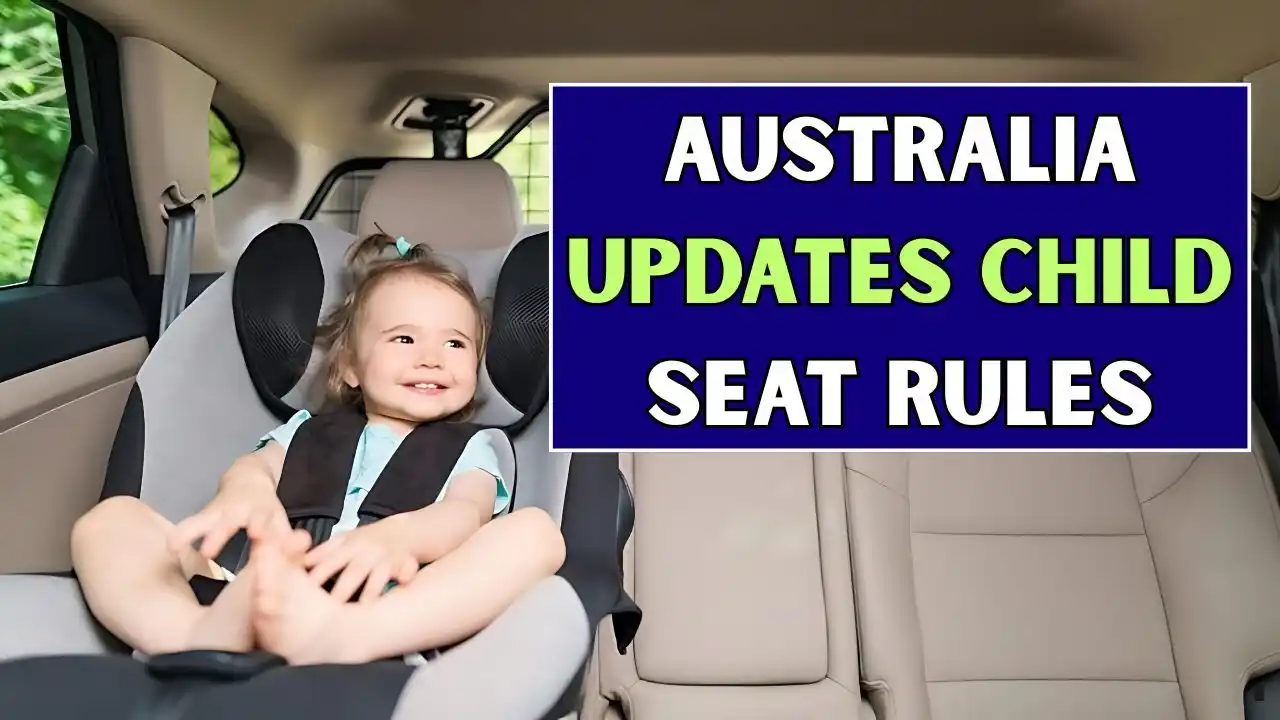Changes have been introduced in Australia for the child seat rules in 2025 to further protect young passengers on road safety matters. These changes are part of broader measures for greater road safety for children and to impart adequate knowledge to parents on proper safety procedures. These regulation changes should press the families to check into their current setups for car seats and consider some changes.
The Main Changes to the Child Seat Regulations
Starting in 2025, the new law mandates age- and size-appropriate car seats used for longer durations. The precise laws regarding the height or age for using booster seats will vary a little from state to state but generally conform to national safety standards. The rear-facing seats shall also be used longer for infants and toddlers, according to the updated safety research evidence that shows how rear-facing seats substantially lessen injury risk in a collision.
Age and Height Regulations
Updated law sets standards on the conversion of a child from rear-facing to forward-facing with restraints, and then to a booster seat. Most laws, however, do require rear-facing restraints up to a child’s second birthday, while some recommend even longer usage for safety sake. Generally, booster seats are mandated until a child reaches 145 cm, and at that point, they are deemed capable of adult seat belt usage. These laws are sufficient to maintain the protection of the child as they continue to grow.
Installation and Usage Instructions
Parents should ensure that directions for installation provided with the car seat are followed to the letter; improperly fitted seats are a major cause of injuries in crashes, so attention to detail is important. Some states provide inspection services at local councils or child-safety centres where experts can check the correctness of installation of car seats. In addition, choosing the correct seat-belt path and fastening harnesses tightly will provide the highest level of protection.
Compliance and Penalties
Failure to comply with the amended rules on child seats will lead to the imposition of fine and demerit points. Law enforcement agencies throughout Australia have therefore indicated their intent to rigourously enforce these rules for protecting young passengers. Parents and guardians should henceforth ensure that their vehicles comply with the new standards in order to avoid punishment and, more importantly, to save the lives of their children.
Tips for Parents
The place to gather the higher latest standards is important. Parents should verify the height and weight limits of their children seats, check for sound installation and continue with regularly scheduled checks for wear and tear. If the older design doesn’t meet the 2025 safety standards, it is best to roll on by installing new ones. Resources and demonstrations through government sites are also available on which these families can be guided to comply with the new rules.
Conclusion
The 2025 amendments to Australia’s child seat regulations are aimed at the safety of every young passenger. By learning the age and height limits, installation methods, and current requirements, parents can protect their children on the road. These changes mark a great step toward saving injured children in vehicles so that the youngest and very vulnerable travellers are accommodated on Australian roads.
